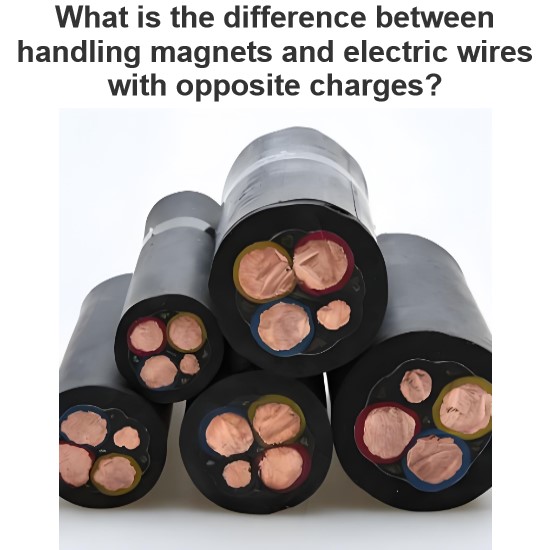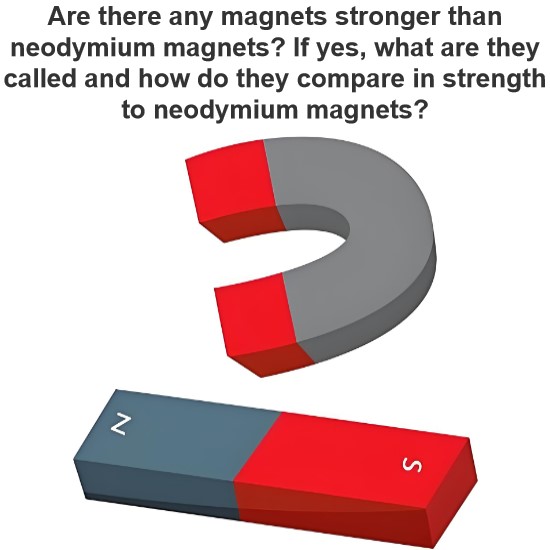Meissner Effect and Application of Meissner Effect
When Superconductors, are cooled below the critical temperature, they expel magnetic field and do not allow the magnetic field to penetrate inside them. This phenomenon in superconductors is called Meissner effect. This phenomenon was discovered by German physicists “Walther Meissner” and “Robert Ochsenfeld” in 1933. During an experiment, they measured the magnetic field outside the superconducting Tin and Lead samples. They observed that when the sample got cooled below the transition (critical) temperature in the presence of an external magnetic field, the value of the magnetic field outside the sample increases. This increase in magnetic field outside the sample represents the expulsion of the magnetic field from the interior part of the sample. The phenomenon sought that in the superconducting state, the sample expels the external magnetic field.
Meissner State
This state of the superconductor is also called Meissner state. An example of Meissner effect is shown in figure below.
This Meissner state breaks when the magnetic field (either external or produced by current flowing superconductor itself) increases beyond a certain value and sample starts behaving like an ordinary conductor.
This Meissner state breaks when the magnetic field (either external or produced by current flowing superconductor itself) increases beyond a certain value and sample starts behaving like an ordinary conductor.

Application of Meissner Effect
This effect of superconductivity, is used in magnetic levitation which is the base of modern high-speed bullet trains. In superconducting state (phase), due to expulsion of external magnetic field, the sample of superconducting material levitates above magnet or vise-versa. Modern high-speed bullet trains use the phenomenon of magnetic levitation.
Statement: Respect the original, good articles worth sharing, if there is infringement please contact delete.
Electrical4U is dedicated to the teaching and sharing of all things related to electrical and electronics engineering.




